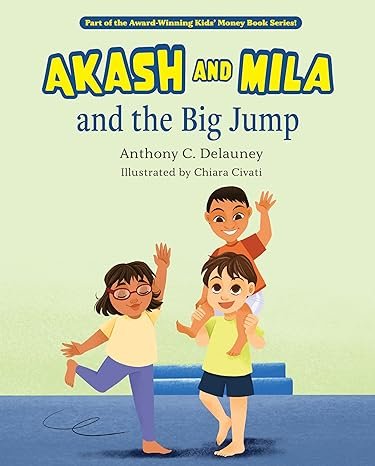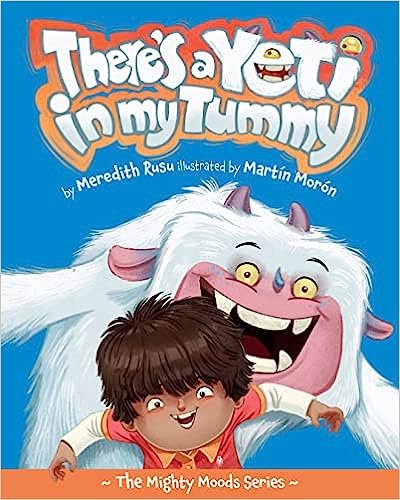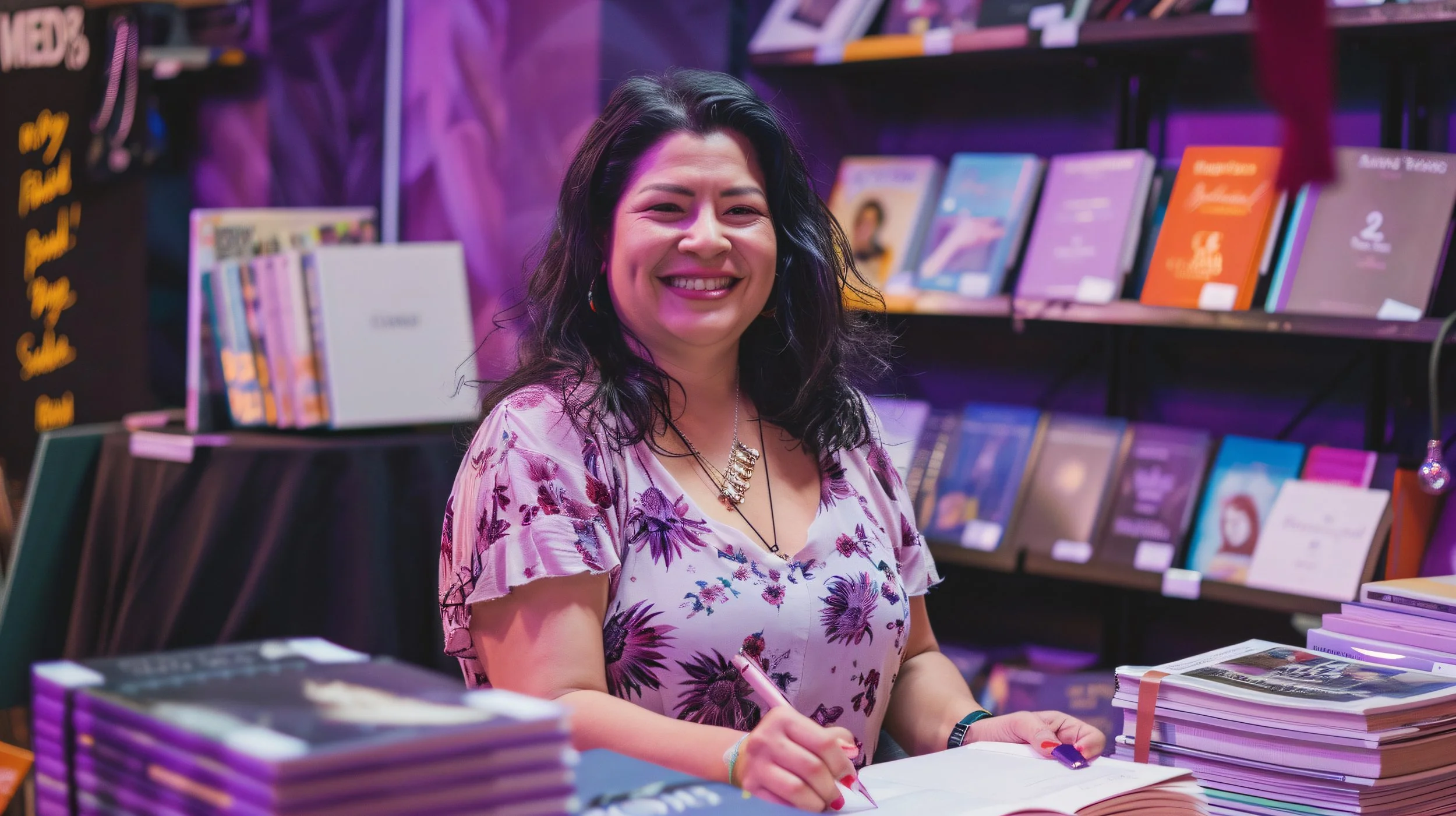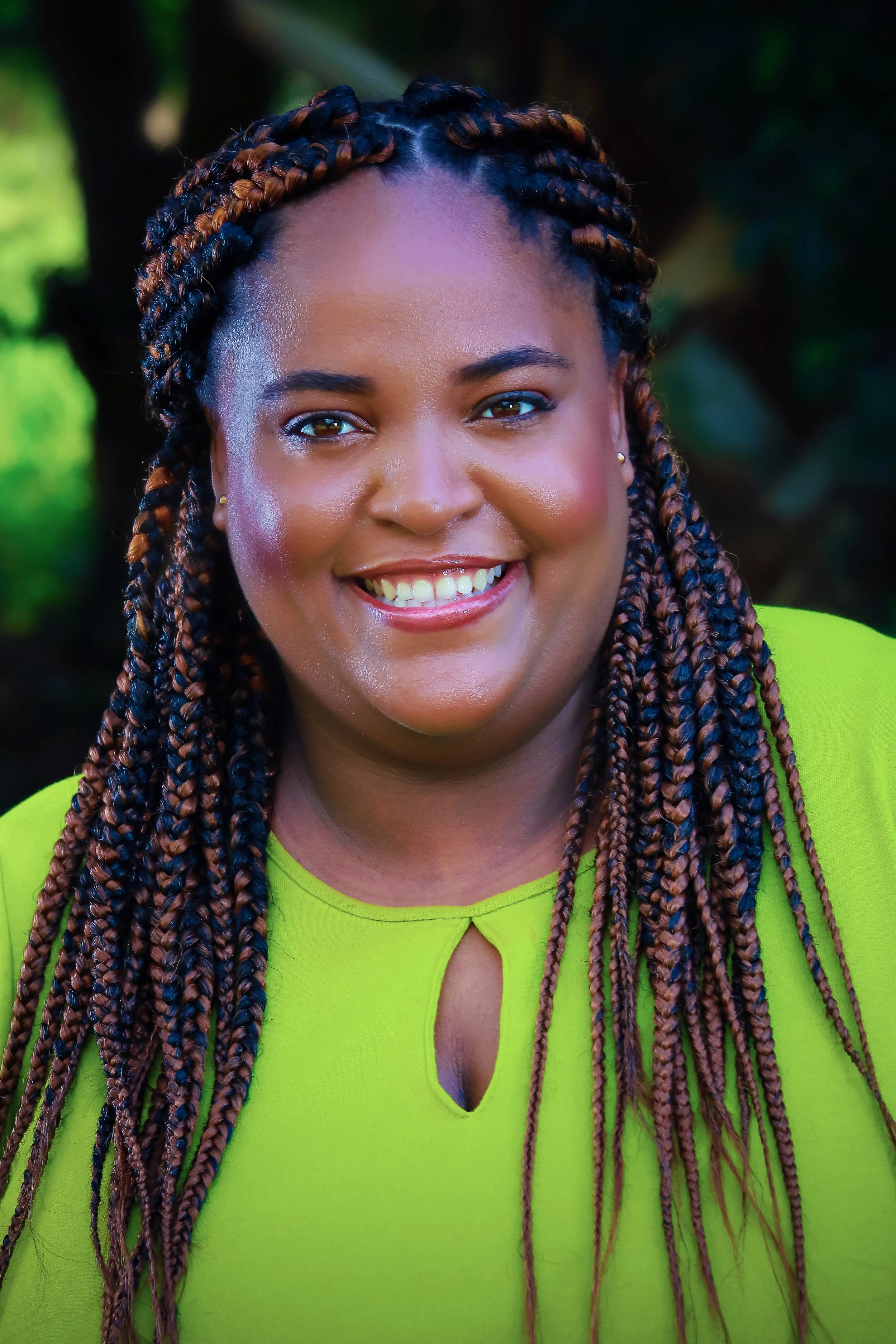Q&A with Nancy Jooyoun Kim, The Last Story of Mina Lee
/What was your inspiration for writing The Last Story of Mina Lee?
I wanted to write a story that I had never seen before, a story that explored the complicated interdependence between an immigrant mother and her American-born daughter, the ways in which they love, need, and sometimes resent each other. For example, as the only child of an immigrant single mother, the protagonist Margot loves her mother more than anyone in this world. She needs her. But at the same time, she resents how, growing up, she has to work at her mother’s store over the weekends and during school breaks. She resents how her mother refuses to talk much about her past, and Margot’s father, her origins as well. I also wanted to write a story that centered women, in particular marginalized women, and show how they not only live but lead extraordinary lives. Although this novel begins with a tragic ending for Mina, she is nonetheless very much the hero and the heart of this story—a woman who took risks and created change, a life for herself in surprising and unconventional ways.
Did you have to do any research during the writing process?
I didn’t need to do much research while writing this book because I’m very much a product of the communities that I write about. I might’ve asked friends or people I know some questions about Korea and Korean culture, but it was all very casual.
Korean food is mentioned throughout your book. Was this done intentionally?
As Margot tries to figure out what happened to her mother on the night of her death, she experiences Koreatown as an adult for the first time in her life. As she goes out to eat at Korean restaurants with her friend Miguel and spends time in her mother’s apartment by herself, Margot realizes that food was not only a way for her mother to show love; it was a way of teaching Margot how to nourish and take care of herself in a world that is often harsh.
How important is Korean food in your life and what is your favorite Korean meal?
I always say that “Korean food” is just “food” for me. It’s very much a part of who I am, and was perhaps, as it is in many immigrant families, one of the principal ways my mother showed me love. I don’t have a favorite Korean dish because I love so many of them depending on the occasion, the weather, the mood. But some of my favorite banchan (side dishes) include yangnyeom gejang (spicy raw crab), myeongnanjeot (fermented pollock roe), and kkaenip (pickled perilla leaves). All I need is one of those and a bowl of rice.
What was your favorite food-related scene to write and why?
There are so many food scenes, moments, and images that I love in this book. But the most memorable food scene for me is about three-quarters through the novel—after Mina and her friend Mrs. Baek reunite after over twenty years apart. They go to a restaurant and have soondubu jjigae together. I love the delicacy, the tenderness of this scene, how each of these two characters is attempting to rekindle and navigate this friendship with the guardedness that comes from being hurt and heartbroken so much. Mina also realizes that despite how strong and supportive Mrs. Baek has always been, Mrs. Baek needs Mina and friendship just like everyone else. Mina played and can play a large role in Mrs. Baek’s life and her survival too.
Which character in the book do you relate to the most?
I like to believe that I am both all of my characters and none of them at the same time. But I’m closest to Margot in age and certainly I know the challenges of being the daughter of an immigrant single mother. I also know how difficult it can be in your twenties. That was actually a terrible time for me because I found myself being pulled, or pulling myself in so many different directions. But I had to make all those mistakes to get to where I am today. I’m glad that decade is over!
Even though the Korean War technically ended in 1953, major turmoil still exists today between the North and South. How has Korea's past and present situation directly impacted your life?
Both sides of my family come from what is now North Korea. As children, my parents fled the north during the war. So at the age of 13, my father left his home in advance of his mother and siblings, not knowing that a permanent border would forever keep them apart. For his entire life, he never knew what had happened to them, if they survived the war or if they continued to live behind the border, a border that continues to divide not only a culture and country but real families whose lives and identities have been shattered.
There were so many painful things, worries and regrets, traumas, that my father and mother did not talk about when I was growing up. Silence was a form of protecting us, and themselves. But the silences in my family also left me with a lack of understanding of my parents, just as Margot never quite knows her mother’s story, even if the reader does. It’s these silences that I’m attempting to capture and write through and out of in my work. I think one of the beauties of fiction is how it can bring together the impossible in one story. For me, the conversations that would and could never happen in my life happen in this book.
"Movement for her mother was essentially an experience of loss that Margot, American-born, could never imagine. And Yet, Margot herself had inherited the same anxiety about driving fast, particularly on freeways. She thought too much about the experience of speed itself, its danger, rather than getting somewhere at last." Can you speak to the experience of movement for both women?
What I really love about the structure, the dual narrative, of this book is that we experience how both Margot and Mina, are at turning points in their lives; they are both thrust into new narratives about themselves, new ways of being alive. For example, the book begins for Margot with the death of her mother which forces her to question who she is without her. (Who is Margot if she is not someone’s daughter?) While the book begins for Mina when she enters the United States in order to start a new life after the death of her husband and daughter. (Who is she now without being someone’s mother or wife?) Both of them are in mourning, mourning the dead as well as their past identities and lives. They are both terrifyingly unmoored and free to reinvent themselves. What story should they each tell now about who they are? So movement is very much tied to identity in this book.
Why did Margot resist embracing her past so much?
It’s important to note that Margot never experiences the Mina that we, as readers, see, know, and love throughout this book. Margot never witnesses her mother fall in love. She never knows the full story of why she had fled to America. Although her mother clearly makes so many sacrifices for her, Margot views her mother as often harsh, secretive, inaccessible. For this reason and in the context of a society that often doesn’t fully embrace other cultures, as an adult, Margot resents her mother; she is ashamed of what her mother represents because she has internalized some of the mainstream views, even xenophobia and racism against her. She judges her mother by the standards of the larger culture: “Why didn’t her mother learn to speak English?” Of course, this is only until her mother dies, which opens up the opportunity to finally get to know her mother, not only as a mother, but as a woman with an extraordinary story and life.
What is the number one take away you want your readers to leave with after finishing Mina's story?
I hope this books sparks conversation about the mysteries, the secrets, and the silences within our own families. I hope this story encourages readers to ask the questions they’ve always wanted ask of the people whom they love the most. I hope we risk discomfort more.
At one point, she said that "the fear of hell kept her alive." How much did religion play a role in Mina's life?
Religion and places of worship play an important role in immigrant communities, often serving as resource centers where people find each other and themselves. For Mina, church is a place where she can simply insert herself every Sunday and feel as if she belongs through sermon and song. For the most part, she doesn’t involve herself too much socially in the church, but she finds solace once in a week in the crowd.
Do you have plans for another novel? If so, can you share with us any details?
Yes, of course! I’m writing my next novel which also takes place near Los Angeles’ Koreatown and centers on the life of a Korean American family still grieving the mysterious death of the mother five years ago. Since I live in California where the housing crisis is very real and ongoing, the book explores issues of gentrification and homelessness through the lens of an immigrant family, struggling in their own ways to belong.















































